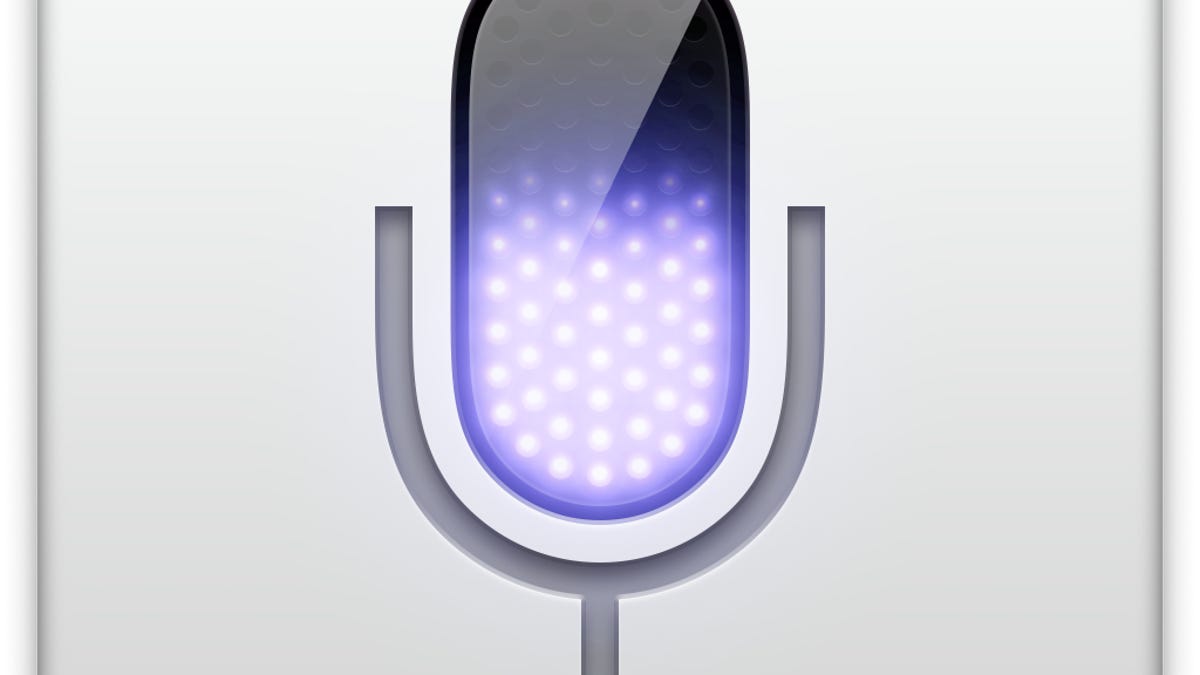How to overcome problems with OS X Dictation
There may be several reasons why Apple's Dictation service will not convert spoken word to text in OS X.

The dictation service Apple introduced in OS X Mountain Lion offers a convenient option to input text by speaking to your computer. When enabled by activating with the Function keys, the service will accept a small recorded spoken phrase which it sends to Apple where it's transcribed and returned as a text string to be entered at the point of the cursor.
This setup can work nicely, but does have a few configuration requirements to enable it to work properly, so there may be one of several causes for why the service might not work as expected.
First, if dictation appears to not be working, then try checking its basic setup. Make sure it is on in the system preferences, and the activation key you are using is the one configured for the service (the action of pressing "Fn" twice is the default).
Next, ensure your microphone is selected and properly configured. In the Dictation system preferences, you should see "Internal Microphone" or an alternative audio input listed under the microphone icon, and when you make a sharp sound by tapping your system's chassis or clapping you should see the microphone indicator lighting up and showing a level change.
If the microphone is not showing any activity, then go to the Sound system preferences and ensure your inputs are both present and the input volume for each is at an appropriate level. If you have any third-party audio device drivers and hardware attached to your system, try uninstalling this software and detaching these devices to attempt configuring the built-in hardware as a starting point.
When you are able to get audio input showing activity for the desired device in the Sound system preferences, then you can select this device as the input option in the Dictation system preferences.
At this point, the audio should be configured to work, so the next troubleshooting steps are to look at the bound activation hot key for the Dictation service. The default for this is to press the "Fn" key twice; however, there may be some services and settings that can interfere with this hot key.
First, ensure sticky keys is not enabled in the Accessibility system preferences. The Sticky Keys feature allows a modifier key such as Fn, Shift, or Command, to be tapped and the system will maintain it in a state as if the key is held down. This allows people who are limited to pressing one key at a time to input command hot keys, but will also prevent the Fn key from being pressed twice in quick succession.
Sticky Keys can be toggled in the Keyboard section of the Accessibility system preferences, and on systems configured for it, be toggled by pressing the Shift key five times.
Apple's built-in services are not the only ones that can interfere with keyboard inputs. If you have security software installed that includes a secure input option to block nefarious key-logging, then this can isolate the keyboard's input options and prevent them from activating services like Dictation. Therefore, check any third-party security software, including password managers, to see if you have this feature enabled, and try disabling it. In addition, check for and remove any third-party input managers and driver software for keyboards and other input devices you might have installed.
Finally, the Dictation service in Mountain Lion requires an established connection with Apple's servers to work. Therefore, even if you are connected to the Internet, if your configuration is interfering with Apple's servers then you will not be able to send audio and receive text. For the most part, standard Wi-Fi and Ethernet connections should work just fine; however, if you have special DNS, proxy, or VPN configurations that you use with your connection, these might interfere. If you can configure your connection to work without these options, try to do so and see if the Dictation service can properly connect.
Questions? Comments? Have a fix? Post them below or
e-mail us!
Be sure to check us out on Twitter and the CNET Mac forums.

